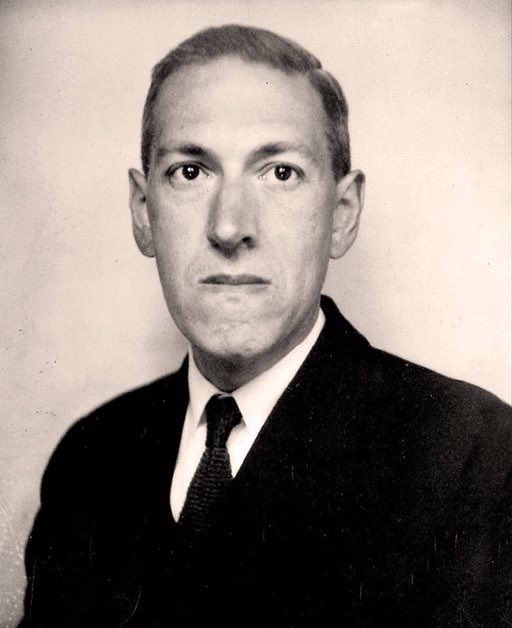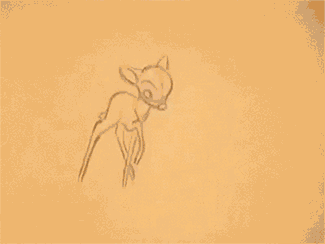

Many of his literary works have been made into films, but he didn't make much money from them in his lifetime. Some of the more notable movies based on Lovecraft's works are Re-Animator, The Call of Cthulhu, and The Dunwich Horror.
But, his influence on major motion pictures is more than just adaptations. He has his own sub-genre of horror, Lovecraftian horror.
Lovecraftian horror is defined as: horror that emphasizes the cosmic horror of the unknown (and in some cases, unknowable) more than gore or other elements of shock, though these may still be present.
Examples of Lovecraftian horror include: the Alien series by Ridley Scott,and the Evil Dead series by Sam Raimi,
I have read quite a few of Lovecraft's works and I would love to make something utilizing Lovecraftian horror, as I find it more effective than its cheesy, gory, counterparts. I'd like to think that the story for my animation is Lovecraftian at least a bit.
If Lovecraft were alive today, he might have been a great director of horror films, but he needs to work on his endings if I don't say so myself.








